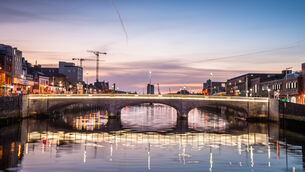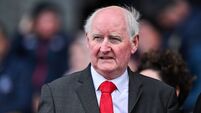How to contain urban sprawl — fly to the midlands
With many economic commentators, domestic and international, warning of the serious implications of our overheated property market, solutions are being desperately sought by policymakers.
There is considerable reluctance on the part of the Government to risk a repeat of the consequences of earlier interventions that targeted property market investors and led to a shortage of rental properties with an inevitable explosion in rents.














